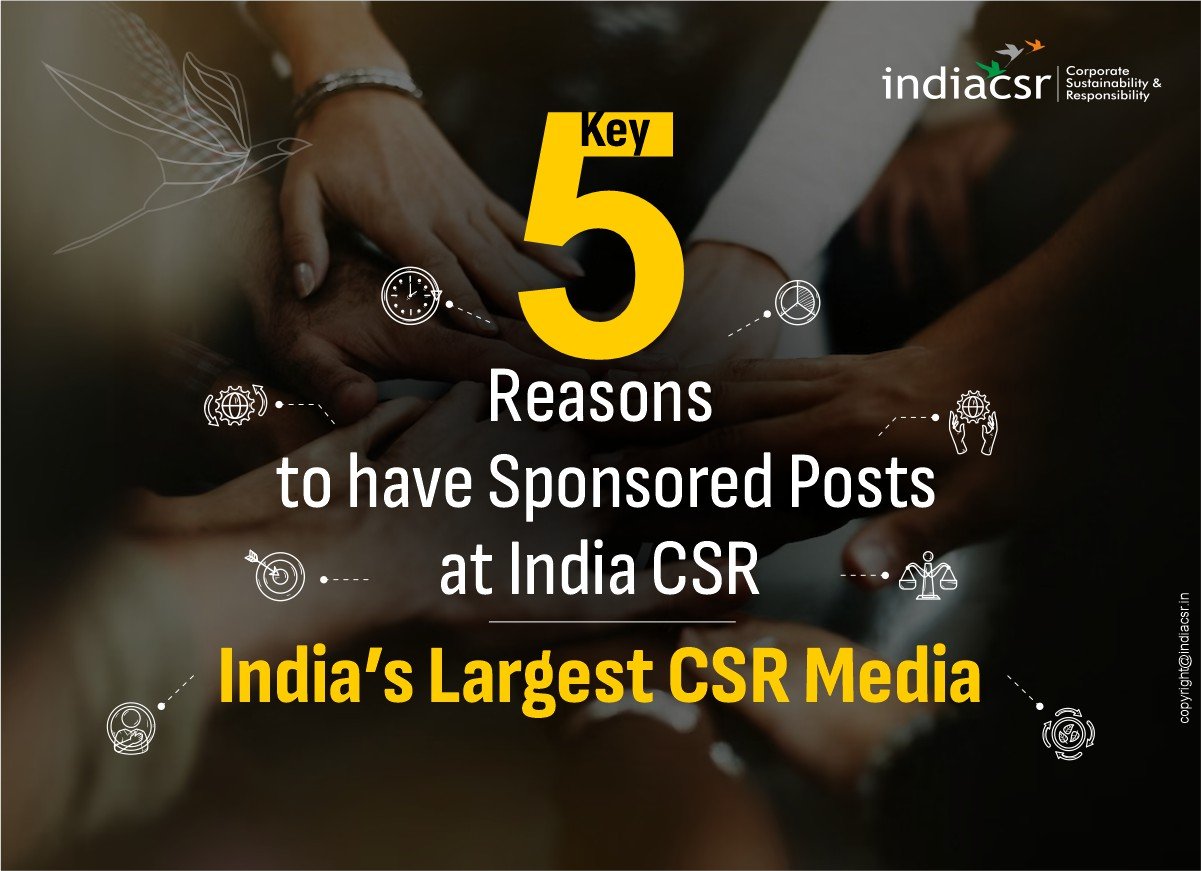
Words Manish Kumar
In the ever-evolving world of data visualization and business intelligence, transforming raw data into actionable insights demands not just technical mastery but also a strategic vision that bridges the gap between data complexity and practical business applications. It requires an in-depth understanding of data ecosystems, an ability to leverage cutting-edge technologies, and the foresight to anticipate the needs of decision-makers.
Srikanth Katta exemplifies this blend of expertise, having contributed to significant advancements through the use of Power BI Premium to enhance reporting and drive data-driven decision-making.
The most productive part of the position was the creation and deployment of over 50 Power BI reports and dashboards. Utilizing DAX, SQL, and M language, these tools provided all levels of stakeholders with vital analytics required to increase productivity in company departments. One of the main areas I focused on continuously was optimization, and having done performance optimization, were able to reduce data model size by 30%, and data refresh time as well by 30%, which in return increased responsiveness of reports to data conclusions.
Additionally he integrated data from several data sources including SQL Server, Oracle, and Databricks, allowing presentation of data as a single beacon of truth. With this, decision makers across the enterprise could make confident decisions that can be executed without questioning.
“My focus was on improving business outcomes through predictive analytics”, Srikanth comments. By employing Power BI’s machine learning features, forecasting models were developed to enhance manufacturing performance, resulting in a 25% increase in forecasting accuracy. The creation of real-time dashboards further boosted operational efficiency by enabling proactive monitoring of key performance indicators (KPIs) and reducing operational costs by 15%. These dashboards also contributed to user satisfaction, simplifying complex processes and cutting down manual data exploration by 10%.
Mentorship and knowledge sharing are certain important factors in any organization. Under him the team productivity saw a 20% boost as best practices in Power BI development were imparted to colleagues. Workshops and training sessions were regularly conducted, equipping stakeholders with effective techniques for data visualization and reporting. Additionally, Srikanth’s contributions to internal knowledge bases and documentation ensured that critical information was retained and reused, fostering a culture of continuous improvement.
Strategic decision-making benefited immensely from data-driven insights. Through well-crafted dashboards and KPIs, senior management gained a clearer view of performance metrics, which empowered them to make informed decisions. The development of predictive analytics models, specifically for maintenance and repair forecasting, proved instrumental in preempting operational hiccups and optimizing resource allocation.
Automation was a recurring theme in the work, with processes streamlined to cut down on manual effort significantly. The automated reporting solutions reduced manual labor by 50%, increasing the frequency and efficiency of report delivery. A self-service BI platform was also created, slashing data analysis time by 40%, which translated to considerable time savings for business users.
Data governance and quality were not overlooked. “We took rigorous data quality checks improved accuracy rates by 25%, which was crucial for a manufacturing company striving to minimize errors”, he adds. A Power BI-based governance framework was also introduced, ensuring full compliance with regulatory standards, a critical requirement in today’s data-driven enterprises.
Handling challenges was an ongoing aspect of the role. Issues such as complex data integration, performance optimization, and data quality inconsistencies were addressed head-on. Integrating disparate sources, including SQL Server, Oracle, and Excel files, required overcoming hurdles related to data formats and structures. Performance bottlenecks in reports and dashboards were resolved to ensure a seamless user experience. Data quality issues, including inaccuracies and missing values, were meticulously managed to build trust in the insights provided.
Managing large datasets, often at the terabyte scale was a regular part of the role, demanding sophisticated techniques to manage data volume and variety without sacrificing performance. Additionally, the migration of over 100 reports from a legacy system to Power BI within six months showcased an ability to execute large-scale projects efficiently.
User training and adoption were prioritized to ensure the success of these initiatives. A structured approach to education resulted in a 95% adoption rate among over 200 trained users, highlighting the effectiveness of the engagement strategy. His impact extended to maintaining mission-critical applications, achieving an impressive 99.9% uptime and ensuring uninterrupted access to vital business intelligence resources.
In conclusion, through a combination of technical excellence, strategic foresight, and a commitment to collaboration, Srikanth Katta has set new standards in data-driven reporting and analytics, empowering organizations to unlock the full potential of their data assets.
About Us
Manish Kumar is a news editor at India CSR.
(Copyright@IndiaCSR)
📢 Partner with India CSR
Are you looking to publish high-quality blogs or insert relevant backlinks on a leading CSR and sustainability platform? India CSR welcomes business and corporate partnership proposals for guest posting, sponsored content, and contextual link insertions in existing or new articles. Reach our highly engaged audience of business leaders, CSR professionals, NGOs, and policy influencers.
📩 Contact us at: biz@indiacsr.in
🌐 Visit: www.indiacsr.in
Let’s collaborate to amplify your brand’s impact in the CSR and ESG ecosystem.


























